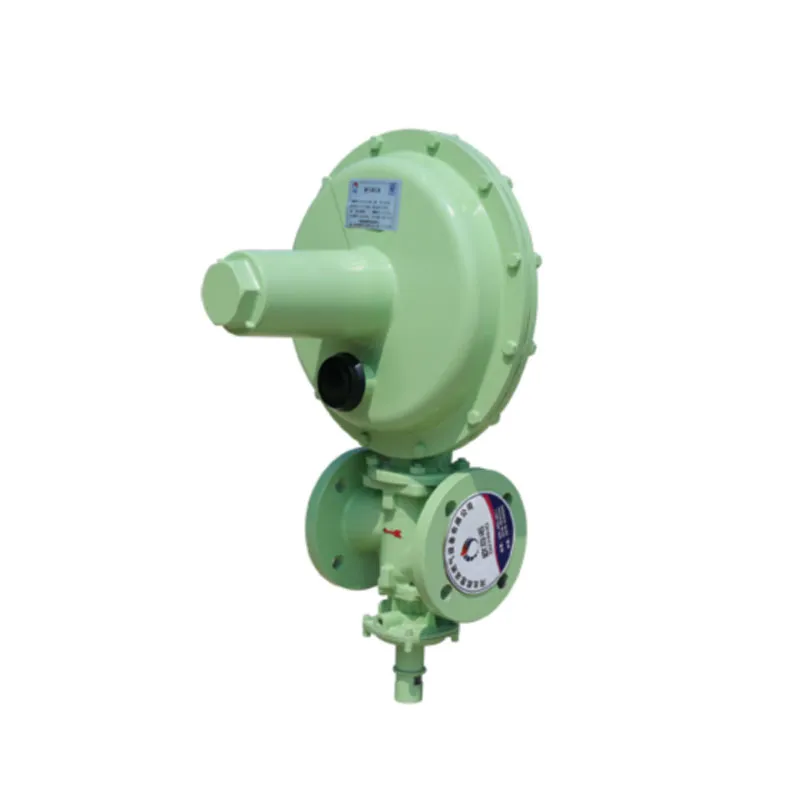
12 月 . 13, 2024 11:59
Back to list
gas pressure reducing station
Understanding Gas Pressure Reducing Stations Importance and Functionality
Gas pressure reducing stations play a crucial role in the distribution of natural gas, ensuring that gas pressure is appropriately regulated for safe and efficient use across various applications. These installations are essential components of the gas supply chain, acting as intermediaries between high-pressure transmission lines and lower-pressure distribution networks. This article delves into the working principles, components, and importance of gas pressure reducing stations in the energy landscape.
The Need for Pressure Regulation
Natural gas is transported from production sites to consumers through high-pressure pipelines. While this method of transport is efficient over long distances, it can pose risks if the gas reaches consumers at such elevated pressures. Most residential and commercial appliances are designed to operate at much lower pressures. Therefore, gas pressure reducing stations are necessary to lower the pressure of the gas to safe, usable levels.
Working Principle
The primary function of a gas pressure reducing station is to decrease the incoming gas pressure to a predetermined lower level. This process involves various key components
1. Inlet and Outlet Valves These control the flow of gas into and out of the station. The inlet valve allows gas to enter from the high-pressure pipeline, and the outlet valve regulates the gas exit towards the distribution network.
2. Pressure Regulators The heart of the pressure reducing station, these devices automatically adjust the pressure of the gas. By using a diaphragm or spring mechanism, pressure regulators respond to changes in pressure, maintaining it at the desired set-point, regardless of fluctuations in incoming pressure.
3. Measurement Devices Flow meters and pressure gauges are used to monitor gas flow and pressure levels. This real-time data is critical for ensuring that operations remain safe and efficient.
4. Safety Devices Safety valves, relief valves, and emergency shut-off valves are integrated into the station to protect against overpressure situations. In case of a malfunction, these devices can quickly divert or stop gas flow, minimizing risks.
5. Filtration System To ensure the quality of the gas, filtration systems sometimes remove particulates and moisture from the gas stream, which can otherwise cause damage to downstream equipment and appliances.
gas pressure reducing station

Importance in Energy Supply
Gas pressure reducing stations provide several benefits, making them indispensable in the gas supply chain
- Safety By regulating gas pressure, these stations help prevent accidents, explosions, and leaks, thereby protecting both infrastructure and the public.
- Efficiency Proper pressure regulation optimizes the performance of gas appliances and systems, reducing wastage and improving overall energy efficiency.
- Reliability By ensuring consistent gas pressure, these stations enhance the reliability of the gas supply, even during peak demand periods or unexpected fluctuations in the main pipeline's pressure.
- Environmental Considerations Efficient pressure reduction minimizes methane emissions, contributing to lower greenhouse gas levels. This aspect aligns with global efforts to combat climate change and promote sustainable energy practices.
Future Trends
As the demand for natural gas continues to grow, the design and technology of gas pressure reducing stations are evolving. Innovations include the integration of smart technology for remote monitoring and control, enhancing operational efficiency and response times. Furthermore, the incorporation of renewable energy sources for powering station operations is becoming a focal point, aligning with the broader move towards sustainability.
Conclusion
Gas pressure reducing stations are vital for the safe and efficient distribution of natural gas to consumers. By effectively regulating gas pressure, these stations not only safeguard public safety but also enhance the operational efficiency of gas systems. As technology advances and the energy landscape continues to evolve, the role of pressure reducing stations will remain critical in ensuring that natural gas remains a reliable and sustainable energy source for the future.
Next:
Latest news
-
Unlocking The Quality Gas Pressure ReducersNewsNov.01,2024
-
The Role of Gas Pressure Reducing StationsNewsNov.01,2024
-
The Importance and Functionality of Safety Relief ValvesNewsNov.01,2024
-
The Essential Role of Safety Valves in Natural Gas ApplicationsNewsNov.01,2024
-
The Essential Role of Gas Pressure RegulatorsNewsNov.01,2024
-
Enhance Your Premium Gas FiltersNewsNov.01,2024

